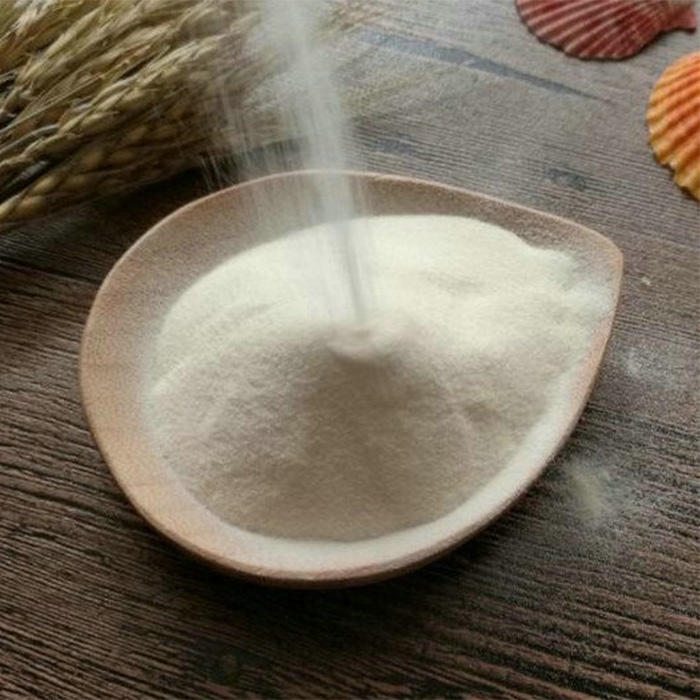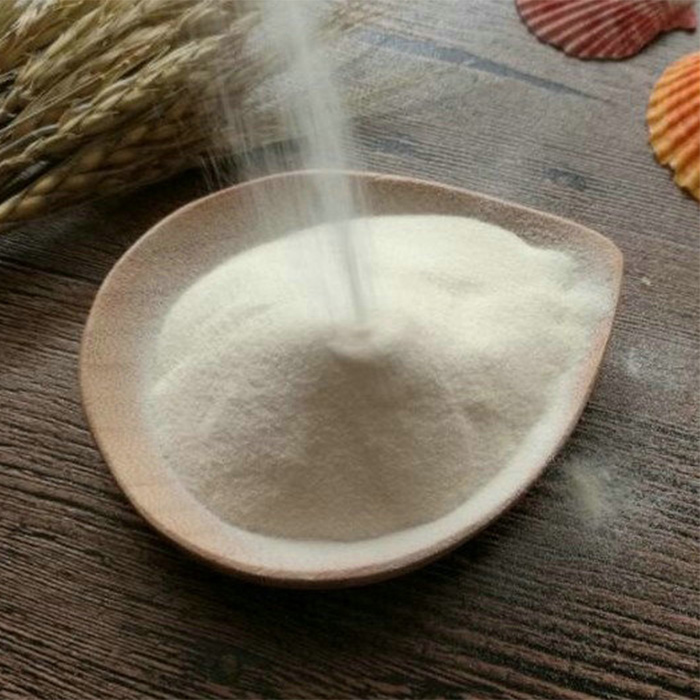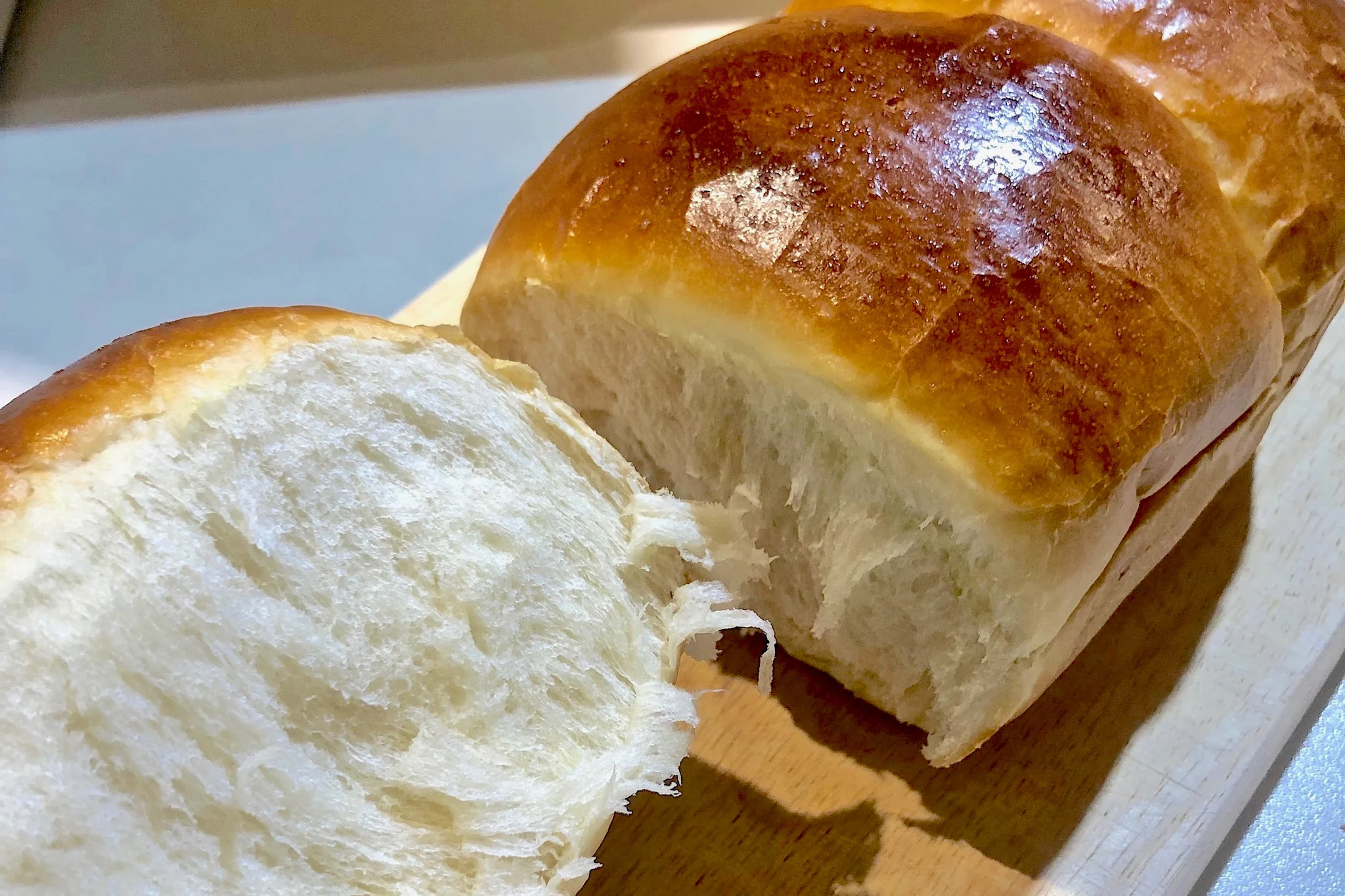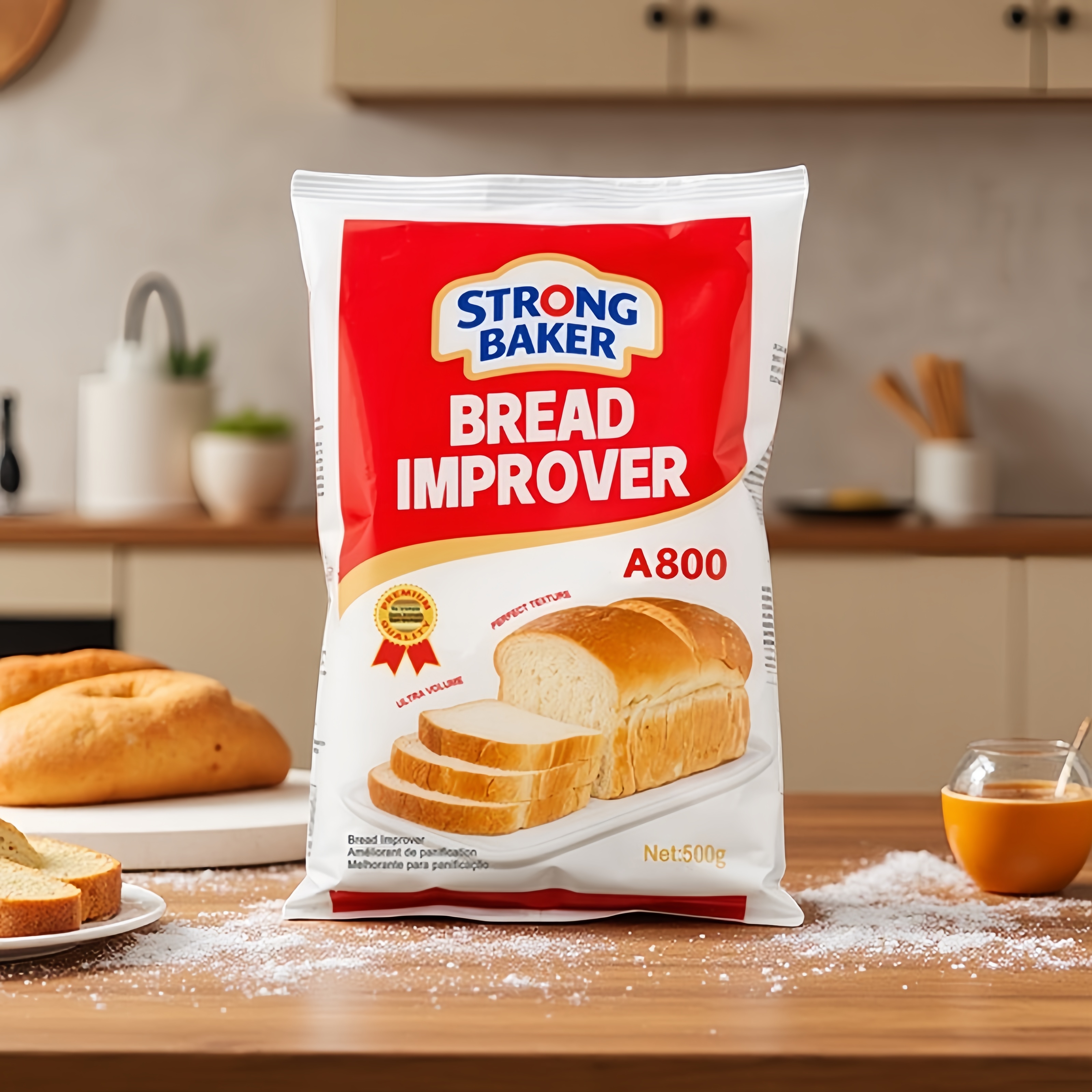
Bread improver is a common food ingredient used in commercial and home baking to enhance the quality of bread.
It helps improve texture, volume, shelf life, and overall dough performance.
If you're curious about bread improvers—what they contain, how to use them, and potential risks—this guide covers everything
you need to know.


What Is Bread Improver?
Bread improver is a mixture of ingredients designed to strengthen dough, improve fermentation, and produce better bread.
It is especially useful for weak flours or when baking conditions are less than ideal (e.g., high-speed production or inconsistent temperatures).
What Is in Bread Improver?
The exact composition varies by brand, but common ingredients include:
Enzymes (Amylase, Protease, Lipase, etc.) – Help break down starch and proteins for better fermentation and texture.
Oxidizing Agents (Ascorbic Acid, Potassium Bromate, etc.) – Strengthen gluten for better dough elasticity.
Emulsifiers (Soy Lecithin, DATEM, SSL, etc.) – Improve dough stability and crumb softness.
Yeast Nutrients (Ammonium Chloride, Calcium Sulfate, etc.) – Support yeast activity for faster rising.
Reducing Agents (L-Cysteine, etc.) – Soften dough for easier handling (common in industrial baking).
Some bread improvers also contain flour, sugar, or milk powder as fillers.
What Happens If You Use Too Much Bread Improver?
Using excessive bread improver can lead to:
Over-fermentation – The dough may rise too quickly and collapse.
Unpleasant taste or smell – Some additives can leave a chemical aftertaste.
Tough or gummy texture – Too many enzymes can break down gluten excessively.
Health concerns – Some synthetic additives (e.g., potassium bromate) may be harmful in large quantities.
Always follow the manufacturer's recommended dosage (usually 0.5%–2% of flour weight).
Can You Use Bread Improver and Yeast Together?
Yes! Bread improver is meant to be used with yeast.
While yeast is responsible for fermentation (making the dough rise), bread improver enhances the dough's structure and texture.
They complement each other, especially in recipes with short fermentation times.

How to Improve Bread Without Commercial Improvers?
If you prefer natural methods, try these alternatives:
Use high-protein flour (bread flour) – Stronger gluten improves structure.
Autolyse (resting flour and water before kneading) – Enhances gluten development.
Add vital wheat gluten – Boosts elasticity in weak flours.
Use a preferment (poolish, biga, or sourdough starter) – Improves flavor and texture.
Increase fermentation time (cold proofing) – Develops better flavor and structure.
How to Use Bread Improver?
Check the recommended dosage (usually 1–2% of flour weight).
Mix it with dry ingredients (flour, yeast, salt, sugar) before adding water.
Knead and proof as usual – The improver will enhance gluten strength and fermentation.
Bake normally – Expect better volume, softer crumb, and longer freshness.
Final Thoughts
Bread improver is a helpful tool for bakers seeking consistent, high-quality results.
While it’s not always necessary, it can be particularly useful for industrial production.
If you prefer natural baking, alternatives like preferments and longer fermentation can achieve similar improvements.
Related product links![]()

Name: Jack
Mobile:0086 13867199735
Tel:0086 571 22661887
Whatsapp:8613867199735
Email:info@hz-great.com
Add:Nanyang Development Area, Xiaoshan Dist, Hangzhou City, Zhejiang Province, China